The landscape of cybersecurity is constantly changing, and as a result, organizations need to stay ahead of ever-changing compliance regulations. Staying compliant with regulations is critical for protecting customer data and upholding organizational security, as well as avoiding penalties from regulatory bodies.
In this blog, learn about some of the major regulations, such as HIPAA and NIST, and how your business can stay on top of these ever-changing regulations.
Keeping up with Compliance Regulations is Essential
If you want your business to succeed, it’s essential to stay on top of regulations. Failure to do this could result in a multitude of consequences including:
- Hefty fines for your business
- Legal penalties
- Loss of customer trust and confidence
- Security incidents
- Forced closure
Compliance Regulations You Need to Know
From healthcare to finance and government-related companies, each industry has its own set of regulations. Here are some of the main ones:
● The Health Insurance Portability and Accountability Act (HIPAA): Protects the privacy of consumers’ health data by regulating how organizations store, share, and use this information.
● NIST Cybersecurity Framework: A comprehensive set of guidelines that organizations can use to improve their security posture.
● International Organization for Standardization (ISO): A globally recognized standard that organizations can use to implement secure systems and processes.
● CMMC Compliance: A cybersecurity framework designed to protect government, particularly DoD, controlled unclassified information (CUI).
No matter your industry, it’s essential to stay up-to-date on the latest regulations.
Achieve Compliance and Stay Ahead
To ensure your business stays compliant and ahead of the curve, you need to take the necessary steps to identify potential security risks and vulnerabilities. Here are some essential steps you can take:
1. Know the Compliance Regulations
Familiarize yourself with the latest compliance regulations for the industry that you are working in. Regulations can vary depending on state and industry. Make sure that you stay informed of any changes that have been made.
2. Evaluate Your Business
Run an evaluation to identify security gaps and where there are vulnerabilities that need to be fixed. Once you know how vulnerable your assets are to attack you can begin to figure out which areas need to be addressed first.
3. Implement Procedures and Test
Implement policies and procedures to ensure vulnerabilities have been fixed so that you can combat risks. Perform regular tests to make sure your security measures are up-to-date and properly implemented.
4. Fine-Tune and Test Again
Once you’ve tested and identified any issues or areas that need improvement, take the necessary steps to ensure they are corrected then test again and again.
Partner with TrinWare to Ensure Compliance
TrinWare provides comprehensive compliance solutions that can help your organization stay compliant with the latest regulations. We also offer managed IT, cloud backup and disaster recovery, cybersecurity services, and more.
Our experienced team is here to provide you with the guidance and support you need to meet and protect your business from potential risks or vulnerabilities. Set up a consultation with us today to learn more!


